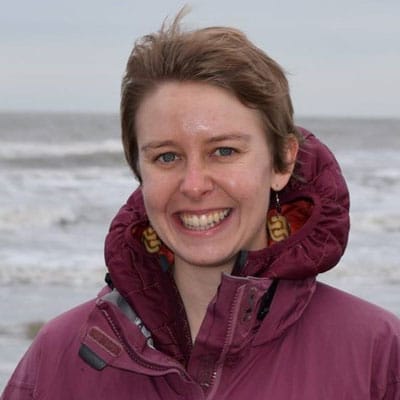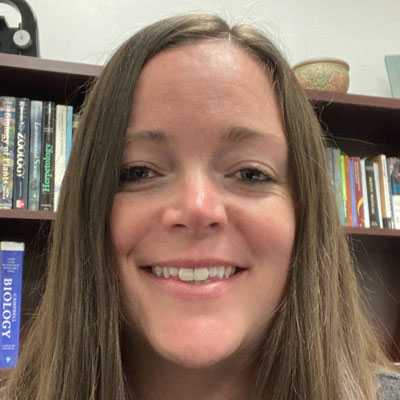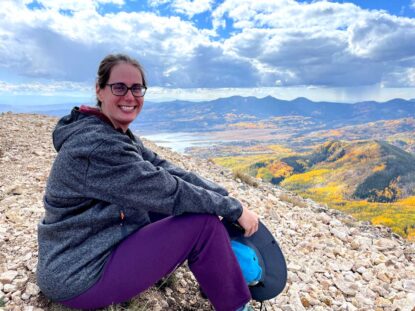Rob Wang, Ph.D.
Professor of Biology970-947-8251 | rwang@coloradomtn.edu
Pronouns: He/Him
Education
- Ph.D. (Biology), University of Northern Colorado
- M.S.E. (Engineering), University of Michigan
- B.S.E (Engineering), University of Michigan
Professional Interests
Student Success!!!
Personal Interests
Rob Wang has over 30 years teaching experience in higher education. He has taught courses related to outdoor education, environmental science, and allied health education. He served as the Co-Director of the School-Community Leadership Consortium which developed, facilitated, and implemented placed-based STEM curriculum for Native American and Alaskan Native communities throughout the United States. He has also led several National Science Foundation (NSF) efforts focused on the recruitment, retention, and completion of Native American students in STEM fields. In his spare time, Rob enjoys anything (and everything) outdoors.
"






